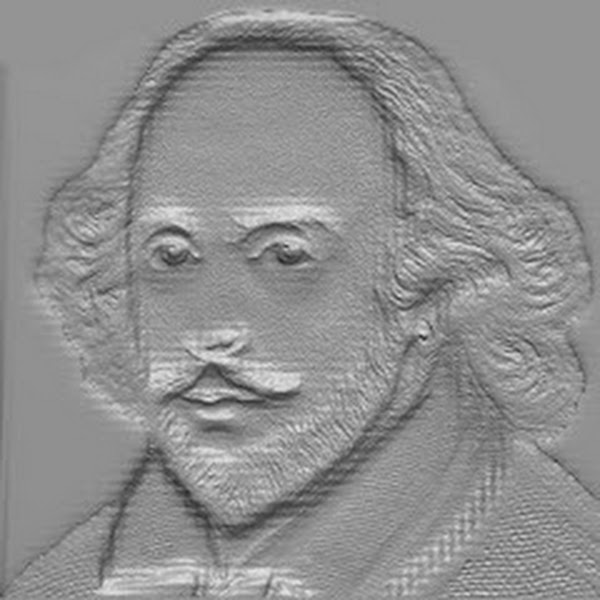“To Daffodils” by Robert Herrick is a poem that talks about the fleeting nature of time and the importance of seizing the moment. It’s a poem that speaks to the beauty and fragility of life, using daffodils as a metaphor for youth and vitality. The critical appreciation of To Daffodils captures a moment of joy
“On His Blindness” is a sonnet written by the famous English poet John Milton. It’s a powerful poem where Milton reflects on his blindness and how it affects his ability to serve God. Let’s break down this sonnet into easy English words and structures. The poem starts with Milton expressing his sadness about his blindness.
Understanding “On His Blindness” John Milton’s sonnet poem “On His Blindness” deals with the theme of On His Blindness, acceptance, and perseverance in the face of adversity. In this poem, Milton reflects on his blindness and struggles with the idea of how he can serve God despite his physical limitations. Through his contemplation, he arrives
A Critical Appreciation of “On His Blindness” by John Milton John Milton’s poem “On His Blindness” is a poignant reflection on the poet’s struggle with his loss of sight. Written in a sonnet form, this piece delves into themes of acceptance, faith, and the resilience of the human spirit in the face of adversity. Through
“On His Blindness” is a famous poem written by John Milton, a renowned English poet. It discusses the struggle of the poet coming to terms with his own blindness and how it affects his ability to serve God. The central idea of the poem revolves around acceptance, faith, and the notion of serving God in
Metaphysical poetry is a style of poetry that flourished in the 17th century, characterized by intellectual exploration, complex themes, and intricate use of language. John Donne, one of the most famous metaphysical poets, exemplifies these qualities in his poem “The Good-Morrow.” Let’s explore how this poem embodies the characteristics of metaphysical poetry. Firstly, metaphysical poetry
Comment on Tagore’s concept of ideal state suggestion in his poem “Where the Mind is Without Fear?” Rabindranath Tagore, a renowned poet and philosopher from India, presents a compelling vision of an ideal state in his poem “Where the Mind is Without Fear.” In this poem, Tagore envisions a society characterized by freedom, enlightenment, and
The short story of The Catcher in the Rye “The Catcher in the Rye” is a book about a boy named Holden Caulfield. He’s sixteen years old and has just been kicked out of his fancy boarding school, Pencey Prep. The story takes place in the 1950s, and Holden tells us about his experiences over
Literary Characteristics of the Chaucerian Age. Ans:During the Chaucerian period, which spanned the late 14th century, Geoffrey Chaucer emerged as a prominent figure in English literature. This era is often referred to as the Middle English period, and Chaucer’s works, particularly “The Canterbury Tales,” are exemplary of the literary features of this time. Middle English
Literary Characteristics of the Anglo-Saxon Age. Ans:The Anglo-Saxon period, which lasted from around 410 AD to 1066 AD, was a time in history when people in England spoke Old English and had distinct literary features. Let’s explore some of these features in easy-to-understand language. Oral Tradition:In the Anglo-Saxon period, many stories were passed down orally
 CSP
CSP